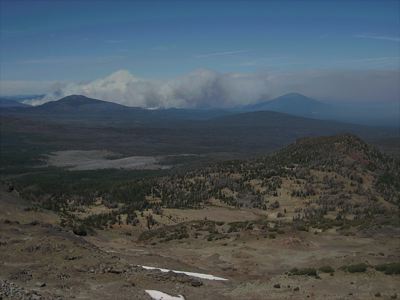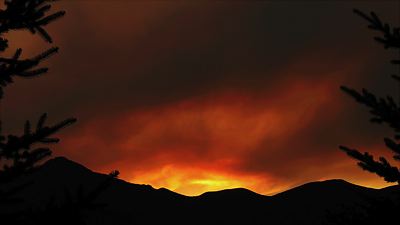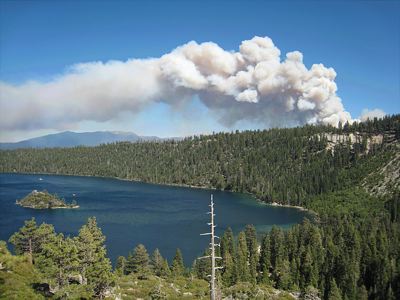This morning’s post on fire mentioned “shelter in place,” in which homes are made sufficiently firewise that people can safely remain in the homes during a firestorm. Five neighborhoods in the San Diego area were approved as shelter-in-place communities. The fires touched those neighborhoods, but not a single home was scorched.
-
Recent Posts
- Hopes Dim for Brightline
- BART: Give Us More $ So We Can Do Less
- FRA Puts Price Tag on Overnight Amtrak Routes
- Driving, Air Travel Surge Above Pre-COVID Levels
- Is Bicycling Improving?
- Good-Bye and Good Riddance to Chevron
- Schools Demand Continuance of Old Taxpayer Scam
- Mid-Day Traffic Now Worse Than AM Rush Hour
- Seattle, San Jose Building the Smallest Apartments
- He Lived Long Enough to Become the Villian
Calendar
Categories
- Book reviews (59)
- City planning (122)
- Entrepreneurs (17)
- Fish & wildlife (10)
- Follow up (119)
- Housekeeping (201)
- Housing (278)
- Iconoclast (50)
- Meltdown (28)
- Mission (79)
- News commentary (942)
- Planning Disasters (95)
- Policy brief (147)
- Public lands (69)
- Regional planning (312)
- Transportation (2,454)
- Travels (35)
- Urban areas (367)
- Useful Data (239)
- Why Planning Fails (33)
- Wildfire (61)
Tags
airlines Amtrak Austin automobiles bicycles bus-rapid transit bus transit California commuter rail congestion Denver driverless cars energy heavy rail high-speed rail highways Honolulu housing housing affordability infrastructure intercity bus intercity passenger trains intercity rail light-rail transit light rail Los Angeles low-capacity rail New York New York City Portland rail transit reauthorization San Antonio San Francisco San Francisco Bay Area Seattle self-driving cars streetcar streetcars tax-increment financing transit transit-oriented development Twin Cities Washington Washington DCFaithful Allies
- American Dream Coalition Protecting freedom, mobility, and affordable homeownership
- California Chaparral Institute Defends natural management of Southern California forests
- Debunking Portland Portland has become a PR machine for the Light Rail & Streetcar industry. We are telling the other side
- Demographia Wendell Cox’s compilation and review of population data
- Public Purpose Wendell Cox’s compilation and review of transport data
- Reason Foundation Supporter of improved urban transportation
- Save Portland Documents subsidies to Portland transit-oriented developments
Loyal Opponents
- American Planning Association Voice of the urban planning profession
- American Public Transportation Association Lobby group for the transit industry
- Market Urbanism Smart-growth advocates in a free-market guise
- The Public Transit blog Reasonable (for a rail-transit advocate) analysis of transit data
- Victoria Transport Policy Institute Promotes rail transit & smart growth
Popular Blogs
- Prepare for Wildfire How to make your home firewise
- Streamliner Memories The Antiplanner’s blog about the history of American passenger trains
Useful Data
- Highway Statistics US DOT’s annual compilation of highway data
- Home price comparison index Coldwell Banker’s annual estimate of the value of similar homes in more than 300 cities
- House Price Index Department of Commerce’s quarterly compilation of changes in housing prices
- National Transit Database US DOT’s annual compilation of transit data
- National Transportation Statistics US DOT’s annual compilation of transportation data
- Transit Database Visualization Graphs of the National Transit Database showing ridership trends by agency and mode.
Meta
The Antiplanner’s Other Blog: Streamliner Memories
Antiplanning Books













